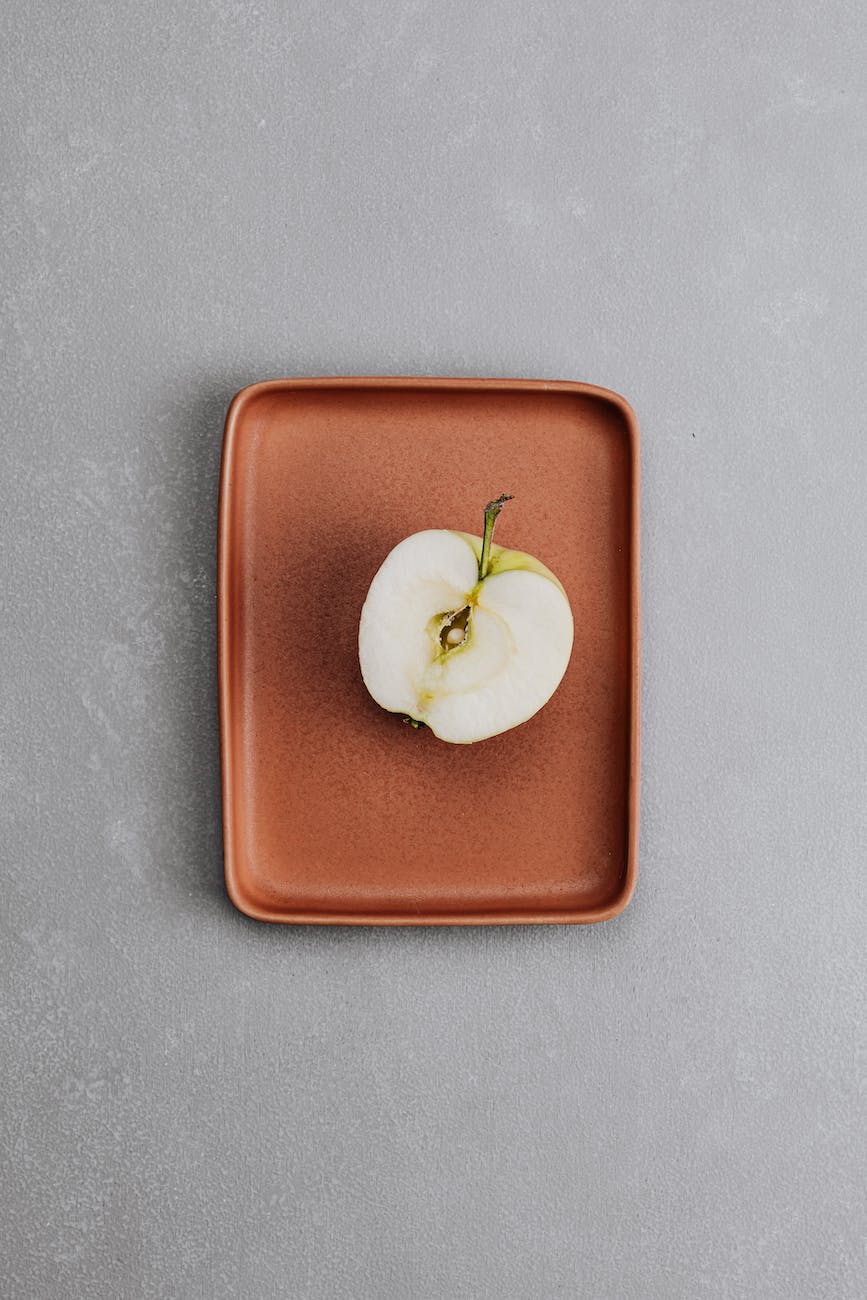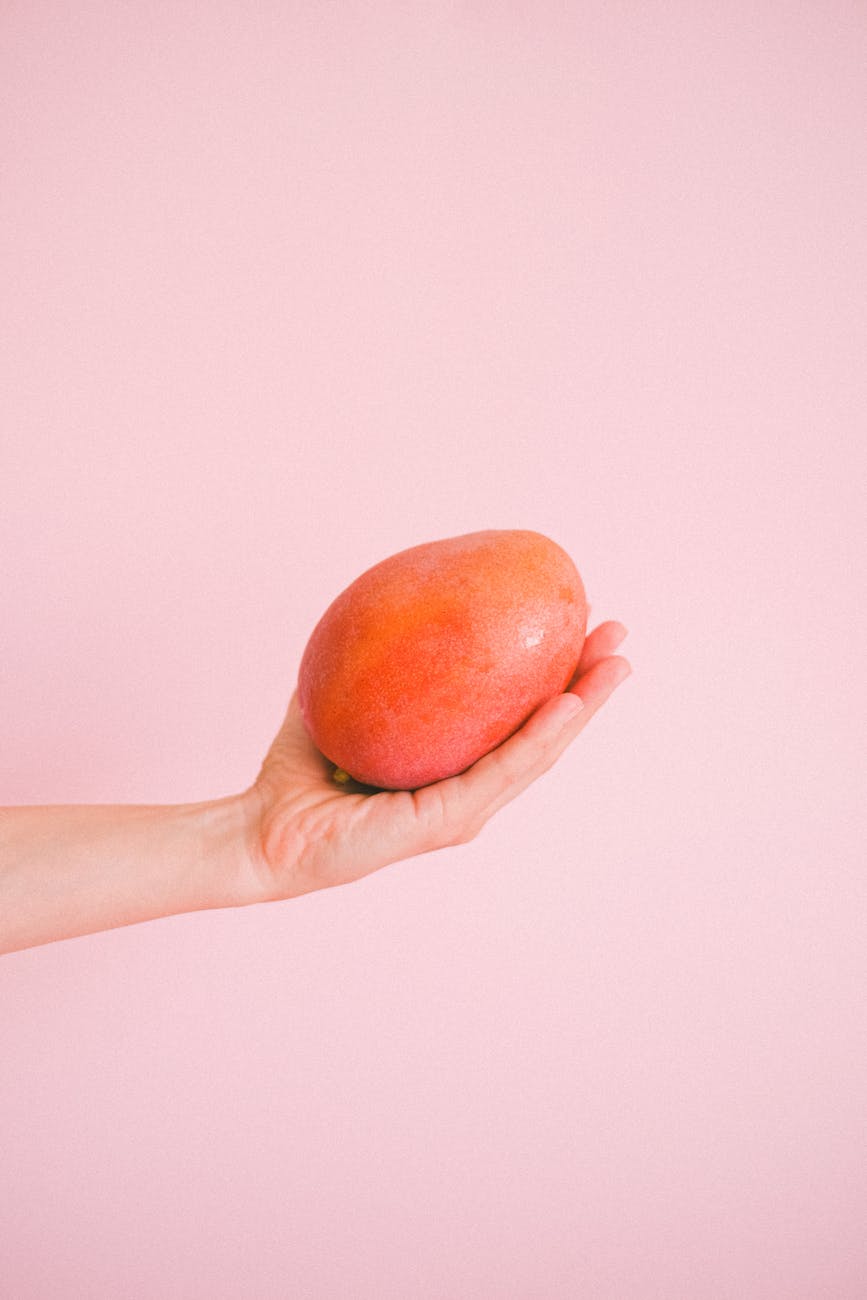
Introduction: Welcome to the next post of our series on fruit names and diabetes! In this article, we will delve into the world of apples and their impact on managing diabetes. Apples, with their crisp texture and natural sweetness, are a classic favorite among fruit enthusiasts. But how do they fare for individuals with diabetes? Can they enjoy the apple delight without worrying about their blood sugar levels? Join us as we uncover five important questions and explore five scrumptious ways to incorporate this crunchy fruit into your diabetic-friendly diet.
Unveiling Important Questions:
- Are apples suitable for individuals with diabetes?
- Absolutely! Apples can be a wonderful addition to the diet of individuals with diabetes. They are low in calories, high in fiber, and have a moderate glycemic index (GI).
- Including apples in your meals can contribute to stable blood sugar levels and overall glycemic control.
- How many apples can I have in a day if I have diabetes?
- Apples are relatively low in carbohydrates, so you can enjoy them in moderation. Aim for one medium-sized apple, which contains approximately 15 grams of carbohydrates.
- It’s important to consider other sources of carbohydrates in your overall meal plan and work with your healthcare provider to determine the right portion size for you.
- Do apples cause a rapid rise in blood sugar levels for people with diabetes?
- Apples have a moderate GI, meaning they have a gradual impact on blood sugar levels. The fiber content in apples helps slow down digestion and absorption of carbohydrates.
- By practicing portion control and balancing apple consumption with other components of your meal, you can manage blood sugar levels effectively.
- Should I choose fresh apples or applesauce for diabetes management?
- Both fresh apples and unsweetened applesauce can be included in a diabetic diet. Fresh apples provide more fiber and a satisfying crunch, while unsweetened applesauce offers convenience and versatility.
- Opt for whole apples when you can, and choose unsweetened applesauce without added sugars or artificial sweeteners.
- Can I enjoy apple-based desserts as a person with diabetes?
- Yes, you can! There are plenty of ways to enjoy apple-based desserts while managing diabetes.
- Look for recipes that use natural sweeteners, such as cinnamon-spiced baked apples or a homemade apple crisp with a whole-grain topping.
Scrumptious Ways to Include Apples in Your Diabetic Diet:
- Apple and Cheese Snack:
- Slice a medium apple and enjoy it with a serving of your favorite low-fat cheese for a satisfying and balanced snack.
- The combination of fiber from the apple and protein from the cheese will help keep you feeling full and stabilize blood sugar levels.
- Apple Cinnamon Overnight Oats:
- Prepare a batch of overnight oats by combining rolled oats, unsweetened almond milk, diced apples, and a sprinkle of cinnamon.
- Let it soak overnight in the fridge for a delicious and easy-to-grab breakfast option.
- Waldorf Salad:
- Create a refreshing Waldorf salad by combining diced apples, chopped celery, walnuts, and a light dressing made with Greek yogurt, lemon juice, and a touch of honey.
- This salad provides a mix of textures, flavors, and nutrients, making it a satisfying meal or side dish.
- Baked Apple Chips:
- Slice apples thinly, sprinkle with a dash of cinnamon, and bake them at a low temperature until crispy.
- These homemade apple chips are a healthy alternative to store-bought snacks and can be enjoyed on their own or paired with a dip of unsweetened Greek yogurt.
- Apple and Spinach Stuffed Chicken Breast:
- Create a flavorful and nutritious main course by stuffing chicken breasts with a mixture of diced apples, spinach, and herbs.
- Bake until the chicken is cooked through, and enjoy the delicious combination of savory and sweet flavors.
Conclusion: By answering important questions and providing scrumptious ways to include apples in your diabetic diet, we hope to inspire you to enjoy the apple delight while effectively managing your blood sugar levels. Remember to practice portion control, consider the overall carbohydrate content of your meals, and consult with your healthcare provider or a registered dietitian for personalized advice. Stay tuned for our next post, where we will explore another fruit and its relation to diabetes management. Embrace the apple delight and let this crunchy fruit enhance your diabetic-friendly meals!










